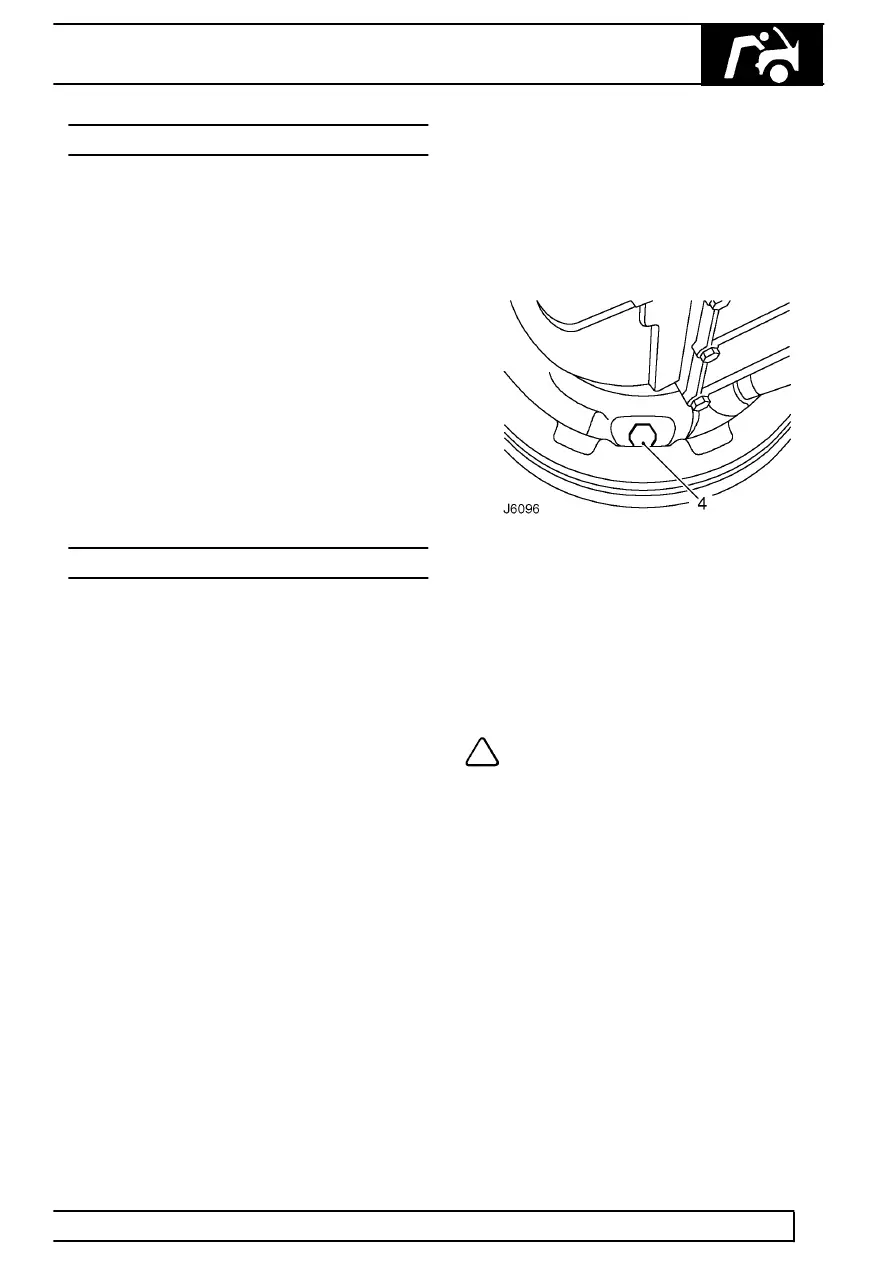300Tdi Defender

MAINTENANCE
1
MAINTENANCE
SERVICE SCHEDULE
The following section describes the items detailed in
the vehicle Service Schedule. Where required
instructions are given for carrying out the service
procedure, or a cross reference is given to the section
in the manual where the procedure may be found.
Service Maintenance Schedules are published
separately to reflect the needs and intervals for each
vehicle variant. Procedures in the Workshop Manual
must be used in conjunction with the Service
Schedule sheets.
Service Maintenance Schedules are available from:
Land Rover Publications,
Character Mailing,
Heysham Road,
Bootle,
Merseyside, L70 1JL
VEHICLE INTERIOR
CHECK SEATS & BELTS
Check condition and security of seat belts, seat belt
mountings, seat belt buckles and operation of inertia
seat belts.
CHECK OPERATION OF LAMPS
Check operation of all lamps, horns and warning
indicators.
CHECK OPERATION OF WIPERS
Check operation of front/rear wipers and washers and
condition of wiper blades.
CHECK OPERATION OF HANDBRAKE
Handbrake check/adjust
1. Chock road wheels.
2. Raise one rear wheel clear of ground and
support securely with axle stand.
3. Release handbrake lever.
4. Underneath vehicle, tighten adjuster bolt
clockwise to
25 Nm (18 lbf/ft) to fully lock brake
drum.
5. Slacken adjusting bolt by 1.5 turns to give brake
shoes running clearance. Check that the drum is
free to rotate.
6. Adjust handbrake cable locknuts to give pawl
two notches free movement on the rachet before
being fully operational on third notch of rachet.
NOTE: Cable adjustment must ONLY be
used for initial setting and to compensate
for cable stretch. It MUST NOT be used to
take up brake shoe wear, which MUST be adjusted
at brake drum.
7. Operate handbrake to settle brake shoes.
Recheck handbrake is fully operational on third
notch of rachet pawl. Readjust if necessary.
8. Remove axle stand and wheel chocks.
